Targeted and Vulnerable: Confronting the Rising Cyber Threats in Healthcare

In the digital age, no industry is immune to cybercrime, and few are as heavily targeted, or as uniquely at risk, as healthcare. According to a recent survey by the Ponemon Institute, 92% of healthcare providers faced a cyberattack attempt in 2024. The industry is experiencing immense security challenges with sensitive data at stake, and it’s important to understand how and why enterprises are vulnerable—and design a plan to implement healthcare cybersecurity solutions.
Why Target Healthcare?
Cybercriminals target healthcare not only because of its wealth of personal data, but also because of its urgent nature. Electronic health records (EHRs) are worth significantly more on the dark web than credit card numbers or social security data. According to Experian, a single medical record can sell for up to $1,000. The value of these records, along with the critical nature of hospital operations, makes healthcare a high-value, high-pressure target for ransomware operators.
In response, healthcare providers have rapidly adopted digital systems to streamline operations, improve patient outcomes, and comply with evolving healthcare mandates. This shift has driven significant interconnectivity between departments, facilities, and even regions. While this digitization enhances efficiency and patient care, it also opens more doors for attackers. Unfortunately, many healthcare systems are built on legacy infrastructure that is often unpatched, outdated, and ill-prepared for today’s sophisticated threat landscape—and the results can be costly.
The Rising Costs of Security
According to recent estimates, the average cost of responding to a healthcare cyberattack reached $4.7 million in 2023. However, the true cost goes beyond financial penalties. A successful attack can devastate an enterprise’s reputation, bring regulatory scrutiny under laws like Health Insurance Portability and Accountability Act (HIPAA) or Europe’s NIS 2 directive, and cause irreversible harm to patient trust. Regulatory frameworks, while essential, can only do so much.
According to IBM’s 2023 Cost of a Data Breach Report, healthcare breaches averaged $10.93 million—the highest across all industries for the 13th year. Ransomware attacks have disrupted care, caused patient diversions, impacted the health of patients and even contributed to deaths. For example, the Scripps Health ransomware attack in 2021—the largest of its kind—cost nearly $113 million, with over 147,000 patients affected and lawsuits still pending. While insurers covered a portion, regulatory fines and long-term fallout continue. Between 2018 and 2023, the HIPAA Journal reported a 239% rise in hacking-related healthcare breaches and a 278% jump in ransomware incidents.
In response, healthcare organizations are embedding security into every layer of their infrastructure—from endpoint monitoring to secure data transfer, treating cybersecurity as a core component of patient care.
AireSpring Solutions for Healthcare Cybersecurity
Part of the solution lies in unity. Healthcare providers often operate as part of larger ecosystems that rely on constant communication and data sharing. This interconnectedness makes a single weak point a potential entryway for large-scale disruption. But it also offers an opportunity: by sharing threat intelligence, best practices, and cybersecurity resources, healthcare organizations can create a united front. This collective defense can help mitigate risk and improve resilience across the entire healthcare landscape.
As a HIPAA compliant, certified organization, AireSpring ensures healthcare providers and customers that physical, technical, and administrative protections are in place and that personal data is secure. HIPAA compliance is especially important for healthcare technology companies and other enterprises in the healthcare industry.
With sensitive data on the line, AireSpring’s expert support and solutions—including SD-WAN, SASE, and its AIreCONTROL ITSM platform with AIOps data—help healthcare enterprises stay proactive on cybersecurity.
AireSpring: The Integrated Cybersecurity Arsenal for Healthcare
Healthcare cybersecurity demands a layered, ecosystem-level defense where every hospital, clinic, lab, and remote site is protected. AireSpring brings a full-stack solution tailored for healthcare:
| AireSpring Solution | How It Strengthens Healthcare Security |
|---|---|
| HIPAA-Certified Compliance | Ensures physical, technical, and administrative protections are in place—an essential baseline. |
| Secure SD‑WAN | Connects distributed healthcare facilities with encrypted, segmented traffic, and improved performance for critical apps. |
| SASE (Secure Access Service Edge) | Delivers zero-trust access, firewall-as-a-service, and secure web gateways ideal for remote work and cloud-based EHRs. |
| AIreCONTROL ITSM Platform with AIOps | Real-time network telemetry, anomaly detection, and automated incident response minimizes outage and breach risk. |
| Award-Winning Support & Global Network | Expert customer service plus broad connectivity ensures fast response and uptime for vital patient systems. |
By integrating these layers together, AireSpring transforms cybersecurity into a strategic enabler of continuity rather than a fragmented add-on.
Ultimately, protecting healthcare systems from cyber threats requires a proactive mindset and comprehensive defense strategy. Investments in next-generation tools, including AI-powered security with automated threat detection, identity and access management, and zero trust architecture, are essential. Equally important is ongoing employee training, as human error remains a leading cause of breaches. AireSpring supports this transformation with a robust portfolio of healthcare cybersecurity solutions, empowering providers to strengthen their defenses and respond quickly to evolving threats.
















